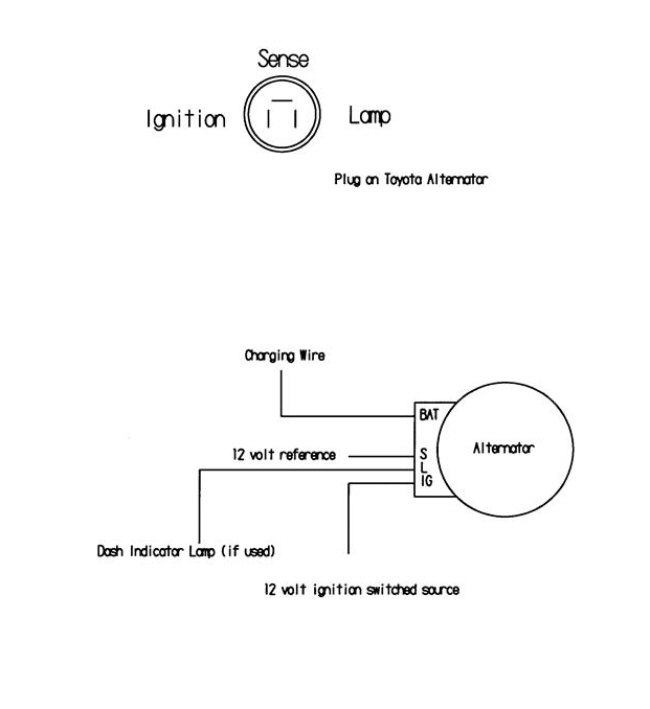mopowers
Well-Known Member
I'm headed out to the salvage yard this weekend for a few odds and ends and figured I'd keep an eye out for a later model alternator that puts out more amps than my stock 60amp round back and wouldn't require a ton of modification to the bracketry. What do you guys use???
I've heard the smaller Denso ones are a decent upgrade. Would it even be worth my effort, or is buying a used alternator a bad idea?
I've heard the smaller Denso ones are a decent upgrade. Would it even be worth my effort, or is buying a used alternator a bad idea?

















